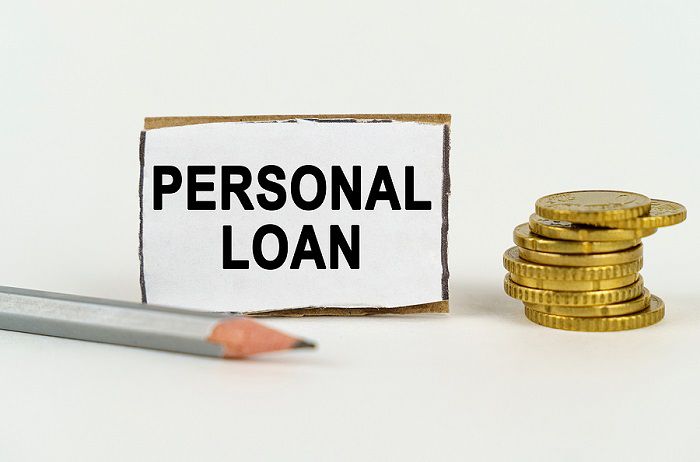Are you in need of some extra funds? Perhaps you’re considering a personal loan, but feeling a bit overwhelmed by the various rates, terms, and conditions involved. Fret not, as this comprehensive guide is here to simplify everything for you. In this article, we will break down the different aspects of personal loans, helping you understand and compare various rates, terms, and conditions, so that you can make an informed decision that suits your financial needs. So, let’s get started on this journey to demystify personal loans and help you navigate the world of borrowing with ease.
Understanding Personal Loans
Personal loans are a type of loan that can be used for various purposes, such as debt consolidation, home improvements, or financing a wedding. Unlike other loans, personal loans do not require collateral, meaning you don’t have to put up any assets, such as your car or house, as security. Instead, personal loans are based on your creditworthiness and ability to repay the loan.
What Is a Personal Loan?
A personal loan is a fixed amount of money borrowed from a financial institution, such as a bank or credit union, that is typically paid back in monthly installments over a set period of time. The loan amount, interest rate, and repayment term are usually agreed upon before the loan is disbursed. Personal loans can be either secured or unsecured, depending on whether or not they require collateral.
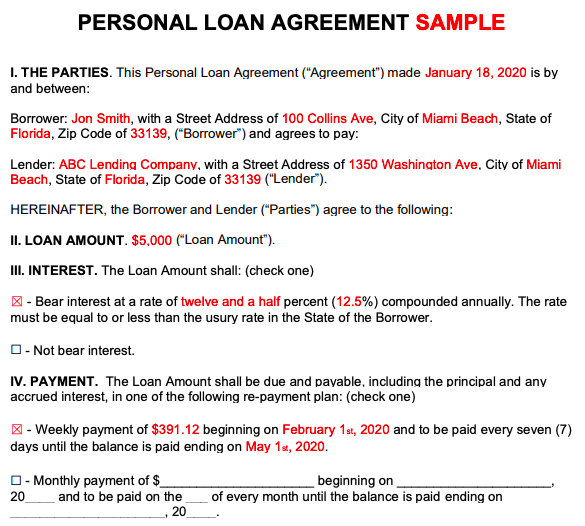
This image is property of www.lendingtree.com.
Why Do People Take Out Personal Loans?
There are several reasons why people choose to take out personal loans. One common reason is to consolidate high-interest debt. By taking out a personal loan with a lower interest rate, you can pay off your existing debt and potentially save money on interest payments. Personal loans are also commonly used for major expenses, such as home renovations or medical bills. Additionally, personal loans can be used for important life events, such as weddings or vacations, when you don’t have the immediate funds available.
Types of Personal Loans
There are various types of personal loans available to suit different needs. One common type is a debt consolidation loan, which allows you to combine multiple debts into one loan with a lower interest rate. Another type is a home improvement loan, which can help you finance renovations or repairs on your property. There are also specific personal loans for purchasing a car, funding education expenses, or covering medical bills. It’s important to understand the different types of personal loans to choose the one that best fits your needs.
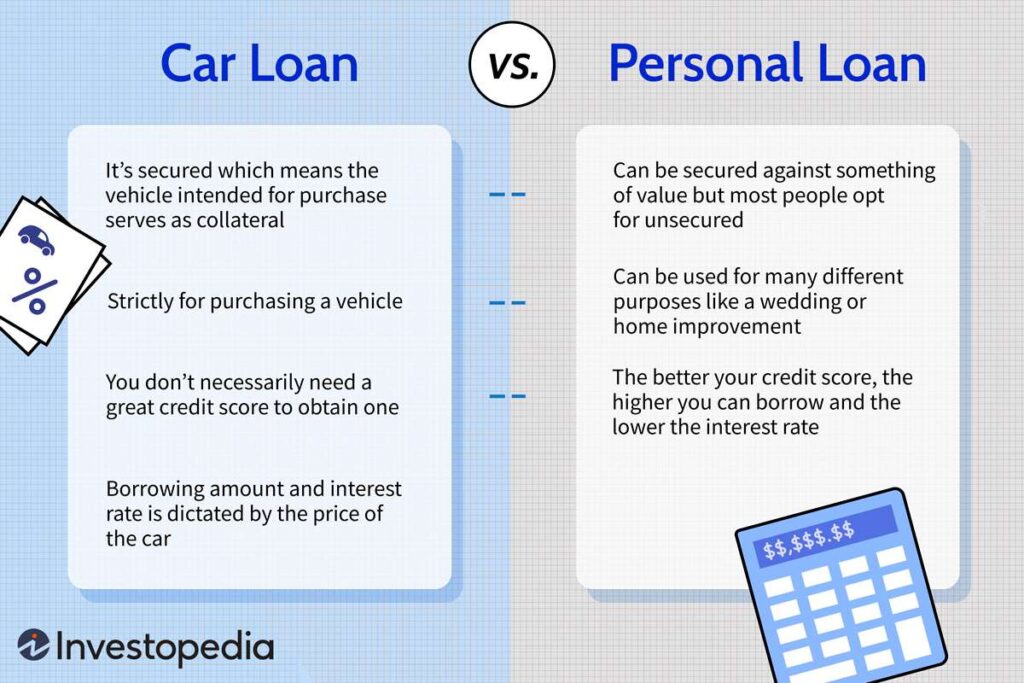
This image is property of www.investopedia.com.
Factors Affecting Personal Loan Rates
When applying for a personal loan, there are several factors that can affect the interest rate you are offered by the lender. It’s important to understand these factors in order to get the best possible rate.
Credit Score
Your credit score is one of the most important factors that lenders consider when determining your personal loan rate. A higher credit score indicates to lenders that you are a lower risk borrower and therefore may qualify for a lower interest rate. On the other hand, a lower credit score may result in a higher interest rate or even a loan denial.
Loan Amount
The loan amount you are requesting can also impact the interest rate you are offered. In general, larger loan amounts may come with lower interest rates, as lenders have more to gain from the interest payments. However, it’s important to consider your ability to repay the loan before taking on a higher loan amount.
Loan Term
The loan term refers to the length of time over which you will repay the loan. Personal loans typically have terms ranging from one to seven years. Generally, longer loan terms may come with higher interest rates, as lenders are taking on more risk by lending you money for a longer period of time. Shorter loan terms, on the other hand, may come with higher monthly payments but lower overall interest payments.
Common Interest Rates for Personal Loans
When applying for a personal loan, you will come across different types of interest rates. Understanding these interest rates is crucial to determine the overall cost of your loan.
Fixed Interest Rates
A fixed interest rate remains the same throughout the entire duration of the loan. This means that your monthly payments will remain consistent, providing predictability and ease in budgeting. Fixed interest rates are often preferred by borrowers who value stability and certainty in their loan repayments.
Variable Interest Rates
A variable interest rate fluctuates over time, often based on an underlying benchmark such as the prime rate or the federal funds rate. This means that your monthly payments may change, making it harder to budget and plan your finances. However, when interest rates are low, a variable interest rate can result in lower monthly payments and potentially save you money in the long run.
Secured vs. Unsecured Personal Loans
Personal loans can be further categorized as either secured or unsecured.
A secured personal loan requires collateral, which is an asset that you pledge to the lender as security for the loan. This collateral can be your car, home, or any other valuable asset. By providing collateral, you are reducing the lender’s risk, which may result in lower interest rates. However, if you default on the loan, the lender has the right to seize the collateral to recover the outstanding balance.
An unsecured personal loan, on the other hand, does not require collateral. Lenders rely solely on your creditworthiness to determine whether or not to approve the loan. Since there is no collateral, unsecured personal loans generally have higher interest rates compared to secured loans. However, they offer the advantage of not risking any assets if you are unable to repay the loan.
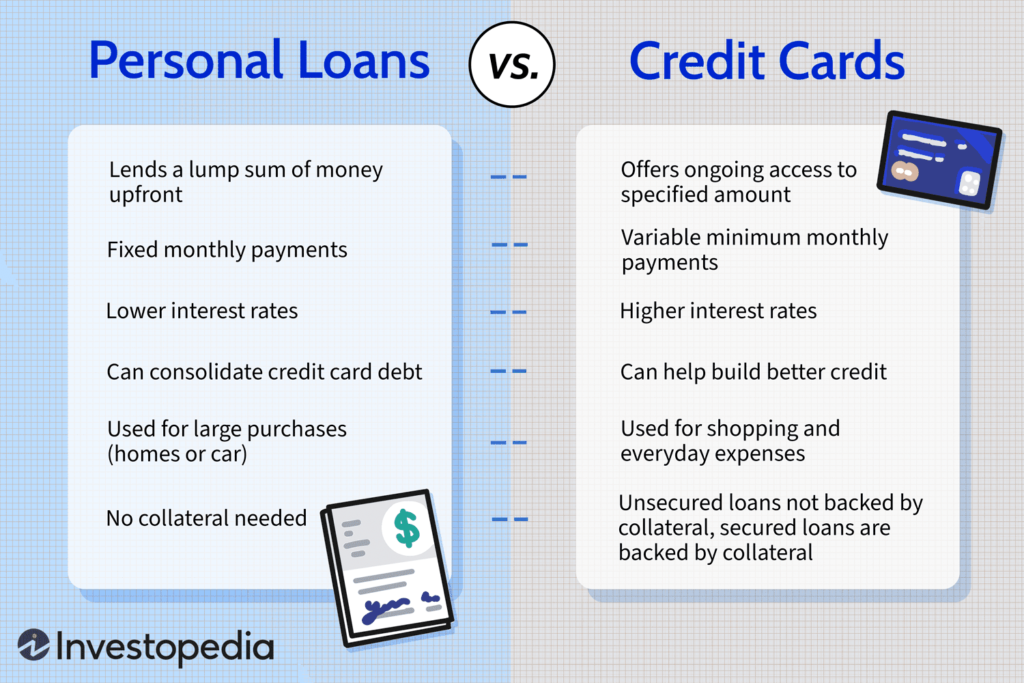
This image is property of www.investopedia.com.
Understanding Personal Loan Terms
Before applying for a personal loan, it’s important to understand the specific terms associated with the loan. These terms can vary depending on the lender and the loan agreement.
Loan Amount
The loan amount refers to the total sum of money that you are borrowing from the lender. It’s important to carefully consider the loan amount to ensure that it is adequate for your needs, but not excessive to the point where it becomes difficult to repay.
Loan Repayment Period
The loan repayment period, also known as the loan term, is the length of time you have to repay the loan. This is usually stated in months or years. Shorter loan repayment periods will result in higher monthly payments but lower overall interest payments, while longer loan repayment periods will result in lower monthly payments but higher interest payments.
Fees and Charges
In addition to the interest rate, personal loans may come with various fees and charges. Common fees include origination fees, which are charged by the lender for processing the loan, and prepayment penalties, which are fees imposed if you pay off the loan before the agreed-upon term. It’s essential to understand all the fees and charges associated with the loan before signing the loan agreement.
How to Apply for a Personal Loan
To apply for a personal loan, you will need to follow a specific process set by the lender. Here are the general steps involved in applying for a personal loan:
Eligibility Criteria
Before applying for a personal loan, you must ensure that you meet the lender’s eligibility criteria. This may include factors such as your age, income, employment status, and credit history. Each lender has different eligibility requirements, so it’s important to review them before applying.
Documents Required
When applying for a personal loan, you will need to provide certain documents to support your application. These typically include proof of identity, proof of income, bank statements, and any other documents that the lender may require. Having these documents readily available can streamline the application process.
Loan Application Process
The loan application process varies depending on the lender. Some lenders allow you to apply online, while others may require you to visit a branch in person. The application will typically require you to provide personal information, employment details, and information about the loan amount and purpose. After submitting your application, the lender will review your information and assess your eligibility.

This image is property of dvh1deh6tagwk.cloudfront.net.
Personal Loan Approval Process
Once you have submitted your loan application, it will go through a thorough approval process. Here are the key steps involved:
Loan Application Assessment
During the loan application assessment, the lender will review your application and the supporting documents you provided. They will evaluate your creditworthiness, income stability, and other relevant factors to determine if you meet their lending criteria. This assessment helps the lender determine whether or not to approve your loan.
Credit Check
As part of the loan approval process, the lender will conduct a credit check to assess your credit history. They will review your credit score, which is a numerical representation of your creditworthiness, and your credit report, which contains information about your borrowing and repayment history. A positive credit check can increase your chances of loan approval and better interest rates.
Loan Approval or Rejection
Based on the assessment and credit check, the lender will decide whether to approve or reject your loan application. If approved, you will receive a loan offer that includes the loan amount, interest rate, and repayment terms. It’s important to carefully review the offer before accepting it. If rejected, the lender will inform you of the reasons for the rejection.
Secured Personal Loans
Secured personal loans require collateral to secure the loan. Here’s what you need to know about secured personal loans:
Collateral Requirements
When applying for a secured personal loan, you will need to provide collateral to secure the loan. The collateral can be any valuable asset, such as a car, property, or savings account. The lender will assess the value of the collateral and determine the loan amount based on that value. It’s important to carefully consider the collateral requirements and ensure that you have enough valuable assets to secure the loan.
Benefits and Risks
Secured personal loans come with both benefits and risks. The main benefit is that having collateral allows you to potentially qualify for lower interest rates. Additionally, secured loans may have more flexible repayment terms compared to unsecured loans. However, the main risk is that if you default on the loan, the lender has the right to seize the collateral to recover the outstanding balance. This could result in the loss of your valuable asset.
Foreclosure Process
In the event that you default on a secured personal loan, the lender may initiate a foreclosure process. This process varies depending on the lender and the terms of the loan agreement. Typically, the lender will provide a notice of default and give you an opportunity to pay the outstanding balance. If you fail to do so, the lender will proceed with the foreclosure and seize the collateral.
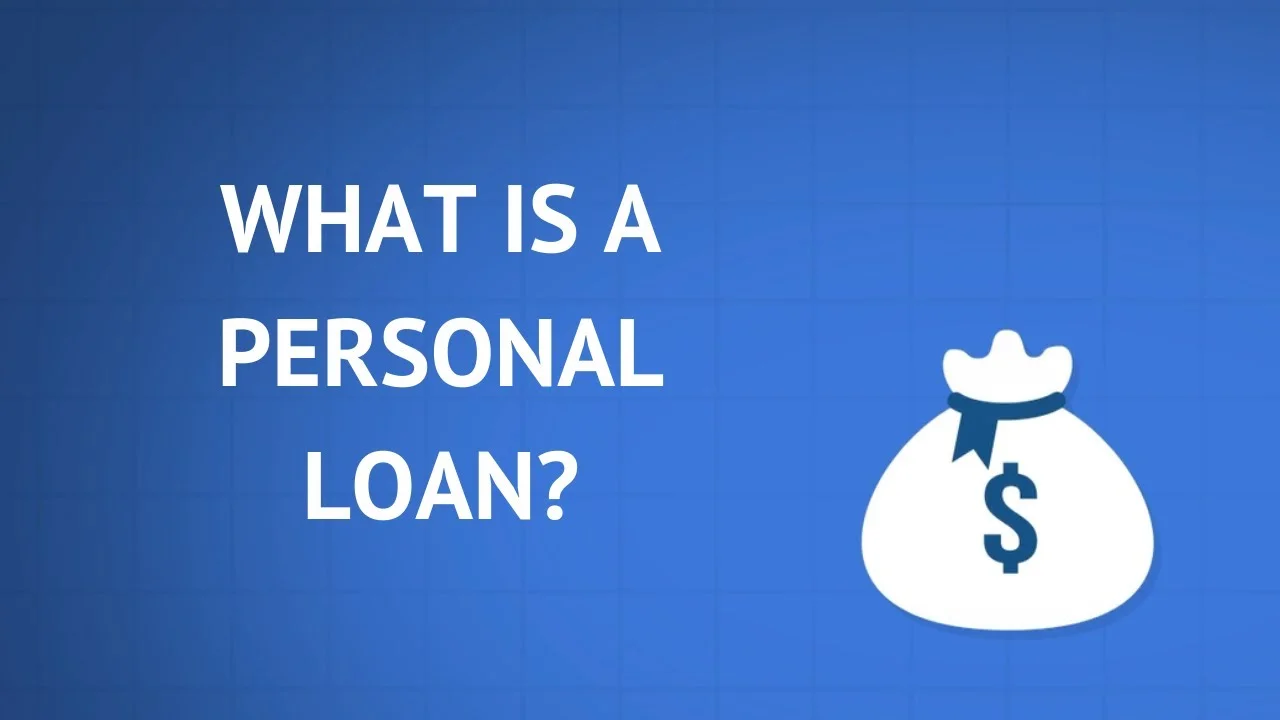
This image is property of embed-ssl.wistia.com.
Unsecured Personal Loans
Unsecured personal loans do not require collateral. Here’s what you need to know about unsecured personal loans:
Risk Factors
Since unsecured personal loans do not require collateral, they pose higher risks for the lender. As a result, unsecured loans often come with higher interest rates compared to secured loans. Lenders rely solely on your creditworthiness to determine whether to approve the loan and what interest rate to offer. It’s important to understand the risks associated with unsecured loans and carefully consider your ability to repay without the security of collateral.
Interest Rates and Loan Amount Limits
The interest rates for unsecured personal loans are generally higher compared to secured loans. This is because the lender is taking on more risk by loaning you money without collateral. Additionally, unsecured loans may come with lower maximum loan amounts compared to secured loans. This is to mitigate the risk for the lender and ensure that the borrower can comfortably repay the loan.
Credit Score Importance
Your credit score plays a significant role in determining your eligibility and interest rate for unsecured personal loans. Lenders rely heavily on your credit score to assess your creditworthiness and predict your likelihood of repaying the loan. A higher credit score can increase your chances of loan approval and lead to better interest rates. It’s important to maintain a good credit score by making timely payments and managing your debts responsibly.
Personal Loan Repayment Options
When it comes to repaying a personal loan, there are various options available to suit different financial situations. Here are some common repayment options:
EMI (Equated Monthly Installments)
EMI, or equated monthly installments, is the most common repayment option for personal loans. Under this option, you will make equal monthly payments that include both the principal amount borrowed and the interest charged. This allows for consistent and manageable repayments over the course of the loan term. It’s important to budget and plan your finances to ensure that you can comfortably meet the EMI obligations.
Prepayment and Foreclosure
Prepayment refers to paying off the loan before the stipulated loan term. This can be beneficial if you have extra funds and want to reduce the interest payments. However, some lenders may charge prepayment penalties, so it’s important to review the loan agreement to understand the terms and conditions related to prepayment. Foreclosure, on the other hand, refers to paying off the entire outstanding balance of the loan at once. This can be an option if you have the means to settle the loan in full.
Loan Default Consequences
Defaulting on a personal loan can have severe consequences on your credit score and financial well-being. If you fail to make timely payments or stop making payments altogether, the lender may report the default to credit bureaus, which can damage your credit score. This can make it difficult for you to qualify for future loans or obtain favorable interest rates. Additionally, the lender may initiate legal action to recover the outstanding balance, which can result in wage garnishment or asset seizure.
How to Choose the Right Personal Loan
Choosing the right personal loan requires careful consideration of various factors. Here’s a guide on how to choose the right personal loan for your needs:
Comparing Interest Rates
Start by comparing the interest rates offered by different lenders. Look for lenders that offer competitive rates and favorable terms. Keep in mind that interest rates can vary based on your creditworthiness, loan amount, and loan term. Take the time to understand the potential impact of the interest rate on the total cost of the loan.
Reviewing Terms and Conditions
Carefully review the terms and conditions of the loan agreement before committing to a personal loan. Pay attention to fees and charges, repayment options, prepayment penalties, and any other terms that may impact your borrowing experience. If there’s anything you don’t understand, don’t hesitate to ask the lender for clarification.
Consideration of Additional Features
In addition to interest rates and loan terms, consider any additional features or benefits that may be offered by the lender. Some lenders may offer flexible repayment options, loan top-ups, or the ability to defer payments under certain circumstances. These additional features can enhance your borrowing experience and provide greater flexibility in managing your loan.
In conclusion, understanding personal loans is essential when considering borrowing money for various purposes. By familiarizing yourself with the types of personal loans, factors affecting interest rates, loan terms, and repayment options, you can make an informed decision and choose a personal loan that suits your needs and financial circumstances. Remember to compare different lenders, review the terms and conditions, and consider all aspects before committing to a personal loan. Always borrow responsibly and ensure that you have a repayment plan in place to avoid any negative consequences.
